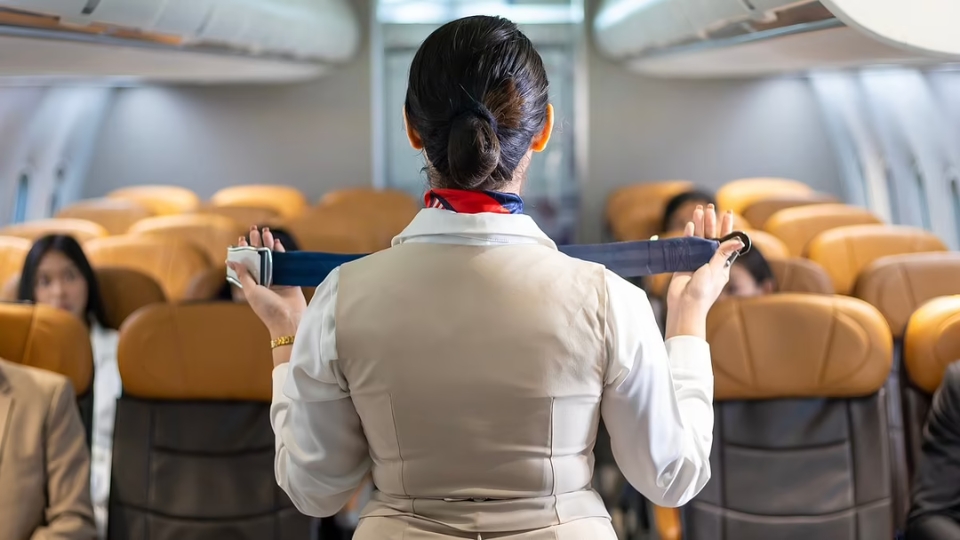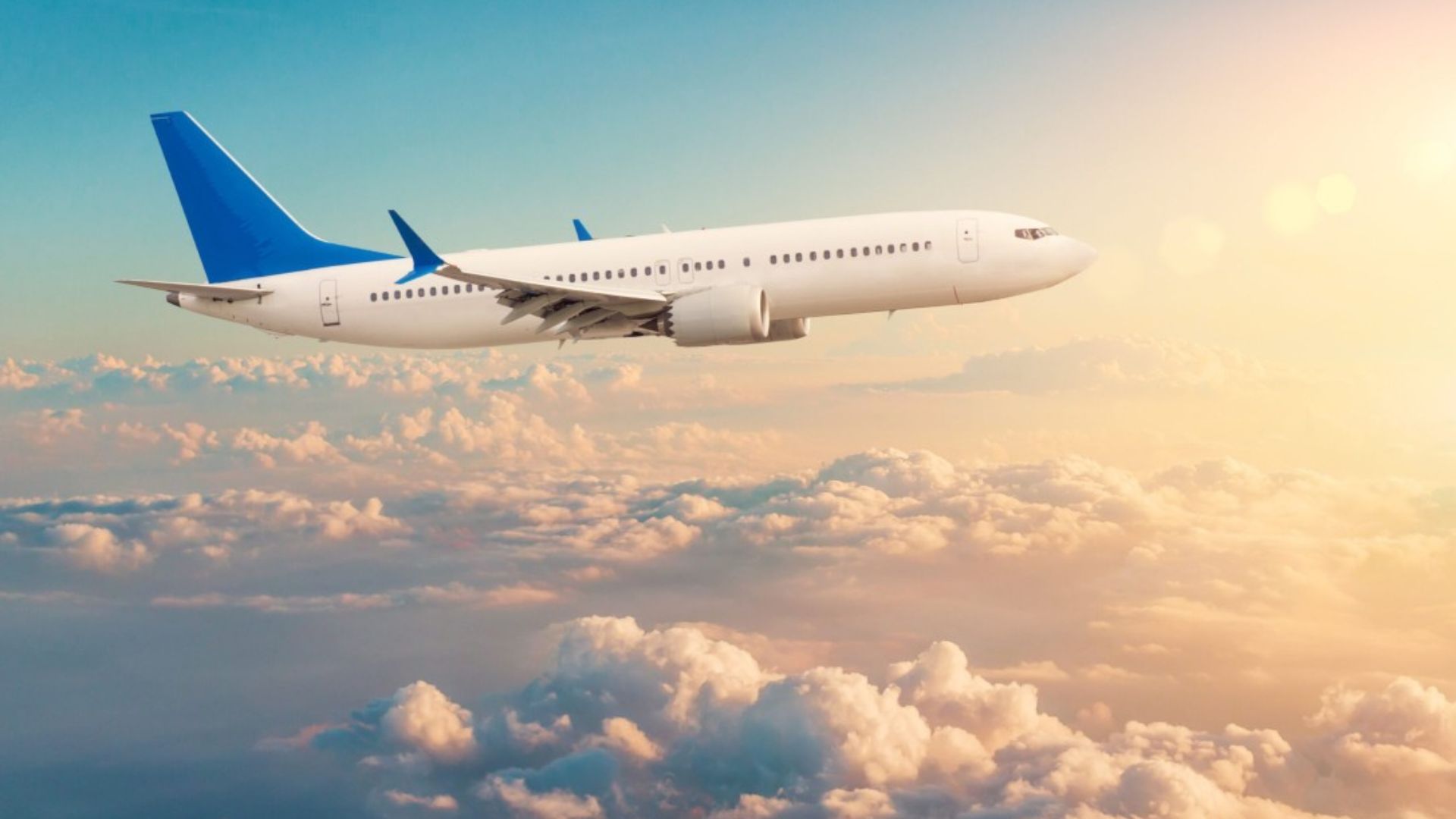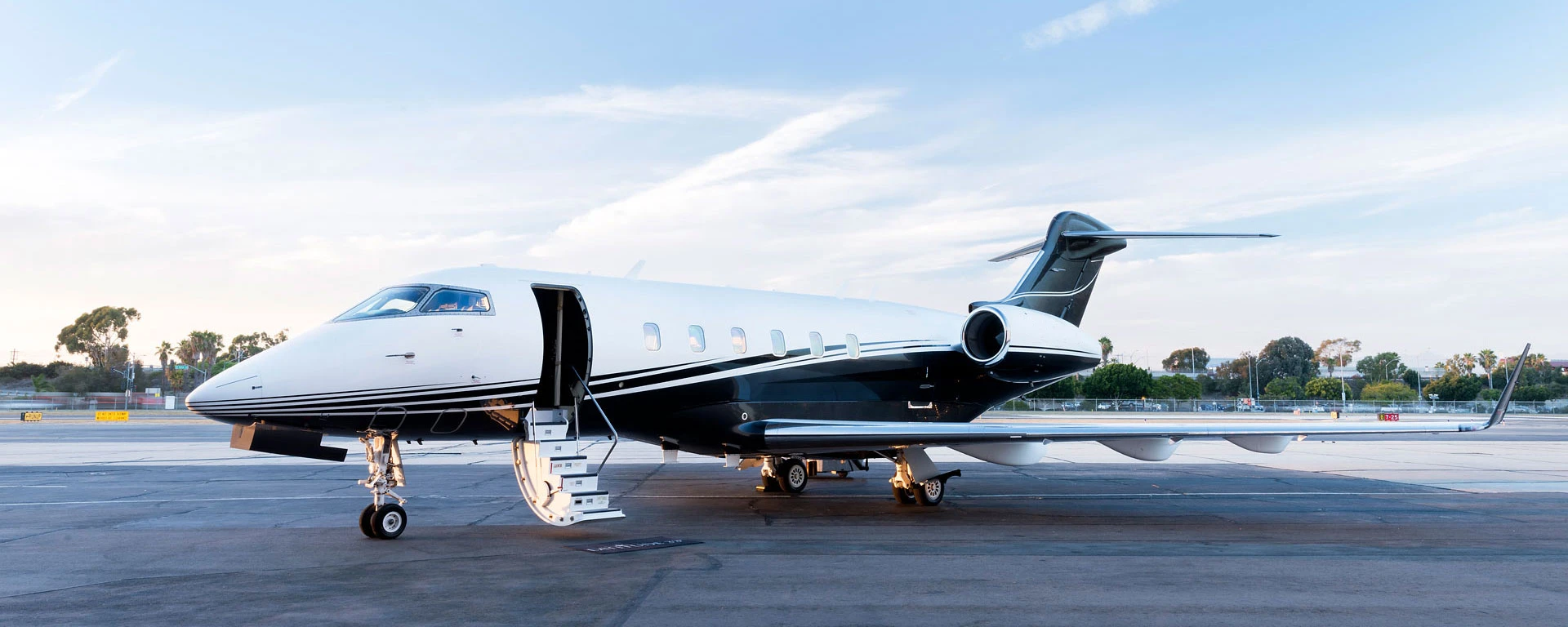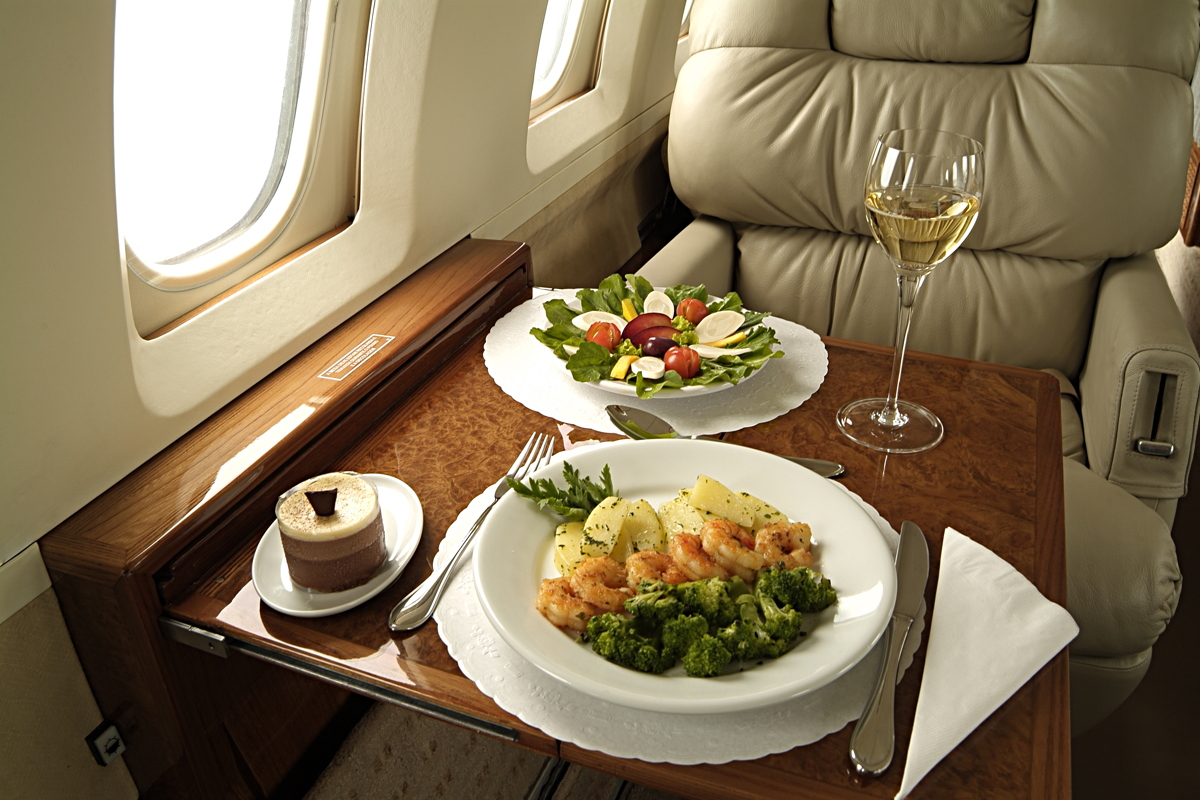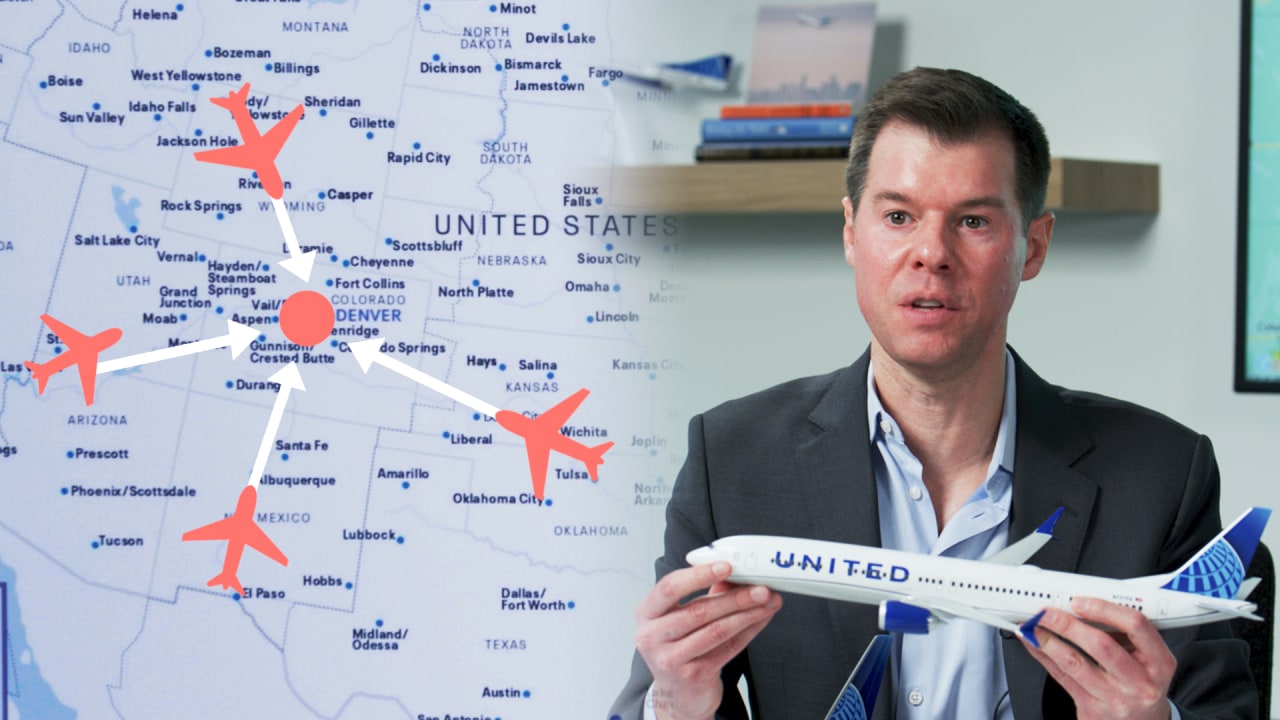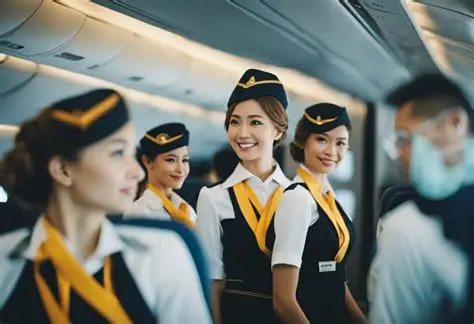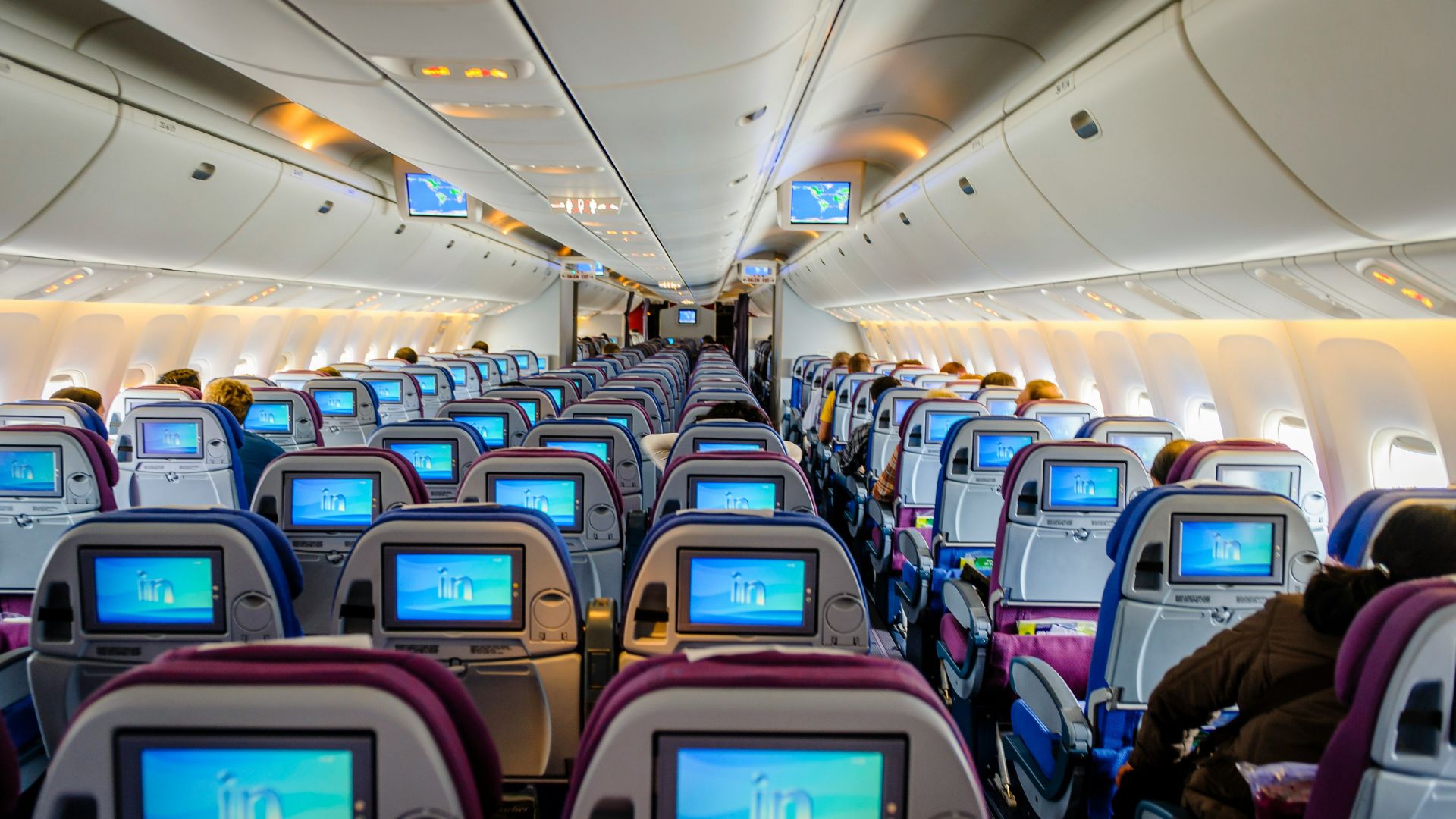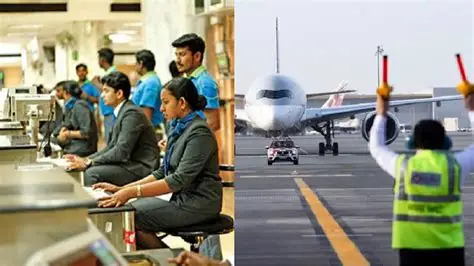Flight attendants do far more than serve food and beverages. They play a vital role in passenger safety, ensuring that every flight operates smoothly and securely. From pre-flight checks to emergency management, flight attendants are trained to protect passengers and respond to unexpected situations effectively.
Airlines rely on their skills, vigilance, and quick decision-making to maintain a safe environment at cruising altitude. Their presence reassures passengers while promoting a secure, comfortable travel experience.
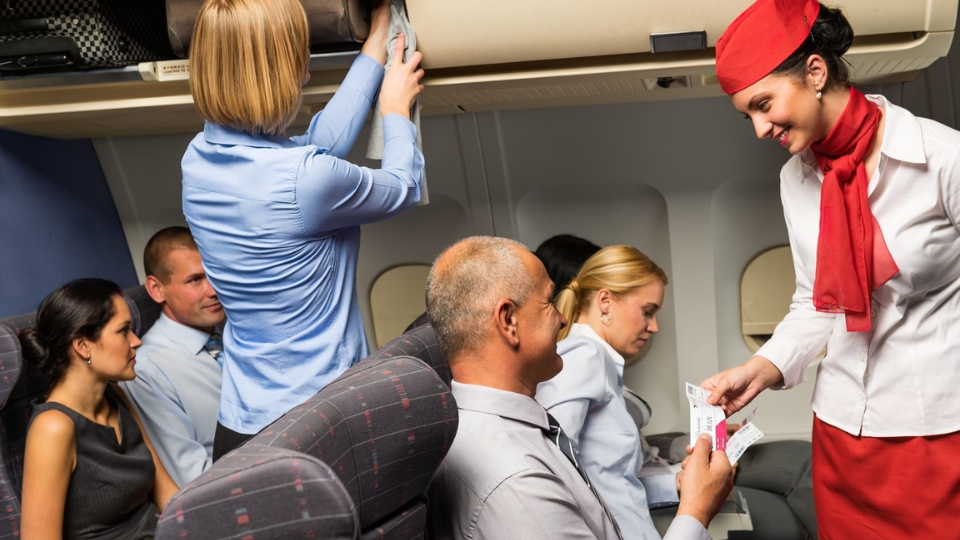
Flight Attendant Roles in Passenger Safety
Pre-Flight Safety Responsibilities
Before takeoff, flight attendants perform a series of critical safety tasks. These tasks ensure that the aircraft is ready and that passengers understand safety procedures:
-
Safety briefings: Demonstrate seatbelt use, oxygen masks, and life vests to passengers.
-
Cabin inspections: Check emergency equipment, exits, and lighting to confirm proper functioning.
-
Seating arrangements: Ensure passengers with special needs or children are safely seated.
-
Compliance checks: Verify that carry-on luggage is stowed and aisles are clear.
By completing these pre-flight checks, attendants create a foundation for a safe and organized flight.
Managing Passenger Behavior
Flight attendants also play a key role in maintaining order and compliance during flights:
-
Enforcing safety rules: Ensure passengers follow seatbelt signs, electronic device regulations, and smoking restrictions.
-
Conflict resolution: Calm disruptive passengers and prevent situations from escalating.
-
Assisting special needs passengers: Support elderly, disabled, or unaccompanied minors.
-
Monitoring cabin conditions: Observe passenger comfort, health, and well-being throughout the journey.
Their vigilance helps prevent accidents and maintains a secure environment for everyone on board.
Emergency Preparedness and Response
Flight attendants receive extensive training to respond to a wide range of emergencies. Their readiness is essential for passenger survival and safety:
-
Evacuations: Guide passengers to exits quickly and efficiently in case of fire, water landing, or other emergencies.
-
First aid: Administer CPR, treat injuries, or assist with medical emergencies mid-flight.
-
Fire management: Use extinguishers and fire blankets to contain onboard fires.
-
Communication: Coordinate with pilots and ground control to ensure accurate and timely responses.
Because of this training, flight attendants can act decisively under pressure, minimizing risks and saving lives.
Safety During Routine Flights
Even during normal flights, attendants maintain constant safety vigilance:
-
Monitoring turbulence: Advise passengers to remain seated and secure items during unexpected bumps.
-
Checking cabin integrity: Inspect overhead bins, doors, and emergency equipment periodically.
-
Providing guidance: Assist passengers with proper use of seatbelts, tray tables, and oxygen masks.
-
Responding to health issues: Quickly address fainting, motion sickness, or allergic reactions.
Their continuous attention ensures that safety remains a top priority throughout the journey.
Training and Skills
Flight attendants undergo rigorous training to prepare for all aspects of passenger safety:
-
Emergency drills: Practice evacuation, fire, and water landing scenarios.
-
Medical response: Learn first aid, CPR, and treatment for common onboard health emergencies.
-
Customer service and communication: Combine safety enforcement with professionalism and care.
-
Problem-solving and critical thinking: Make quick decisions under pressure to protect passengers.
Continuous training ensures attendants remain capable of managing even the most challenging situations.
Enhancing Passenger Confidence
The presence of well-trained flight attendants provides reassurance to passengers. Knowing that professionals monitor safety and respond effectively allows travelers to relax and enjoy their journey.
-
Visible authority: Passengers feel secure when attendants actively manage cabin safety.
-
Clear instructions: Step-by-step safety briefings and guidance during emergencies build trust.
-
Supportive attitude: Attendants balance authority with care, making passengers feel looked after.
Confidence in flight attendants contributes to overall passenger satisfaction and safety compliance.
Conclusion
Flight attendants play a critical role in passenger safety, going far beyond routine service tasks. They prepare the cabin, manage passenger behavior, respond to emergencies, and maintain safety throughout every flight. Their training, vigilance, and professionalism ensure that air travel remains one of the safest modes of transportation.
By understanding and respecting the vital safety responsibilities of flight attendants, passengers can appreciate the dedication and skill that keeps every journey secure. Flight attendants not only protect lives—they enhance the entire travel experience by combining safety, care, and comfort in the skies.

